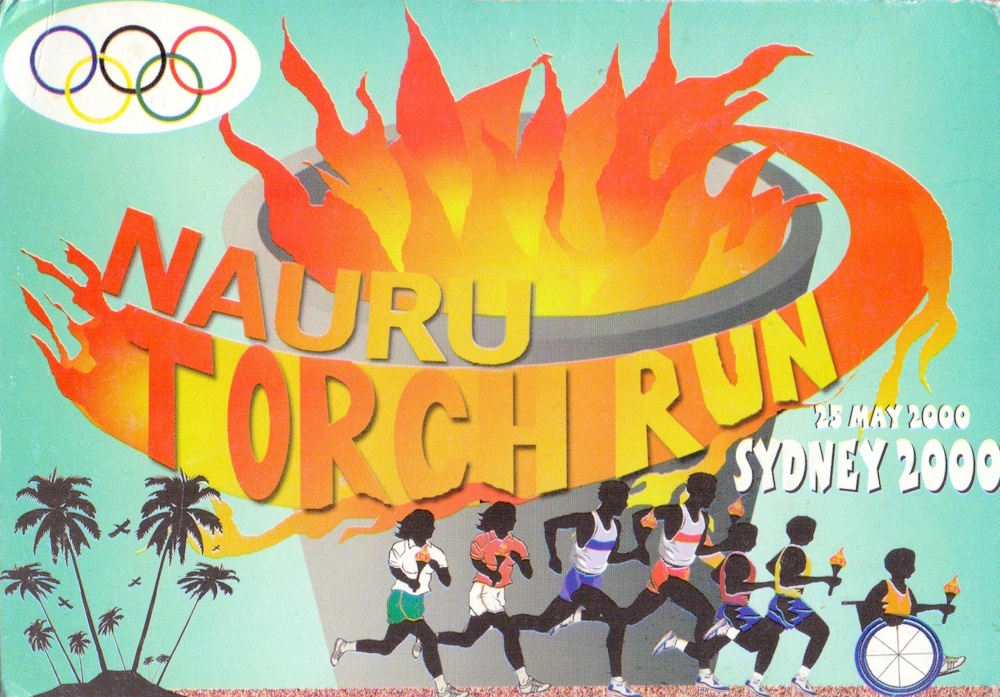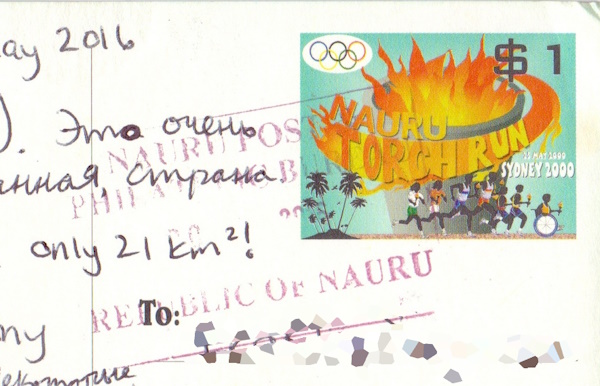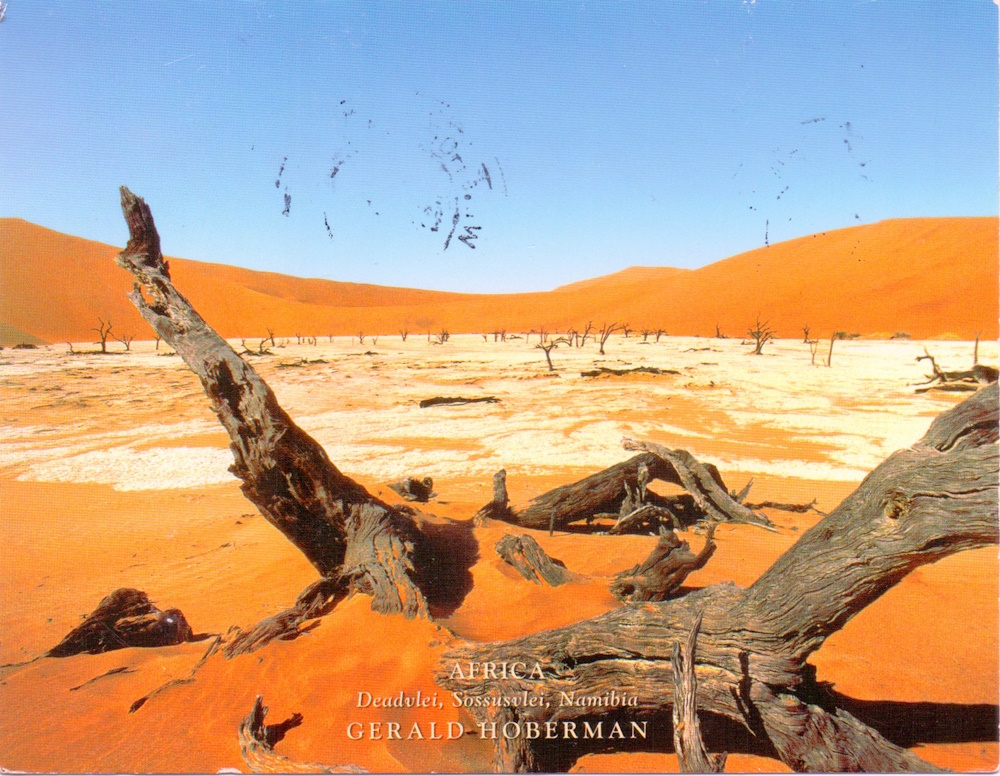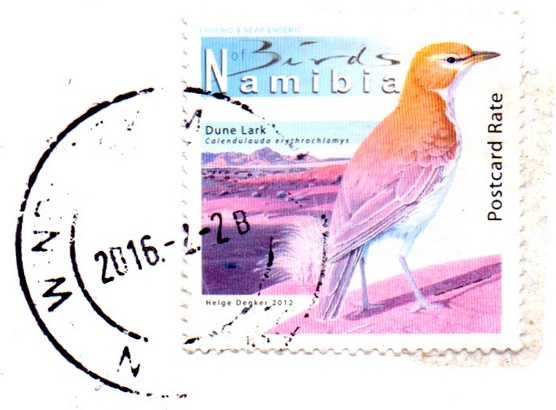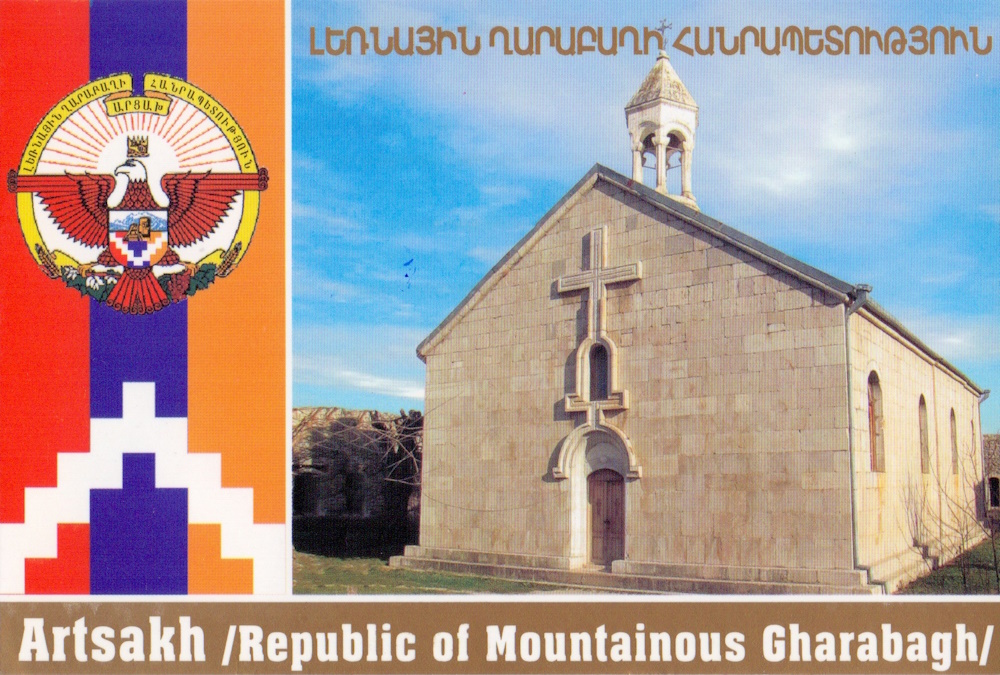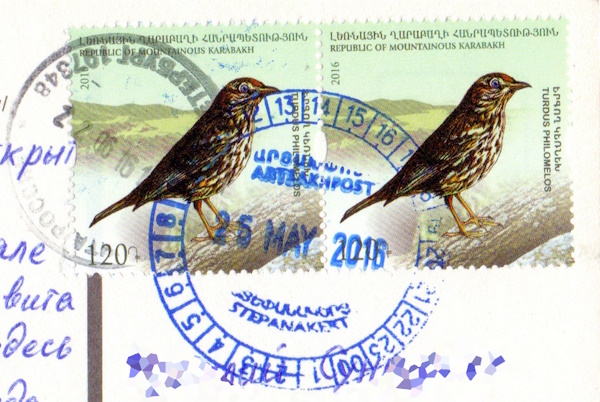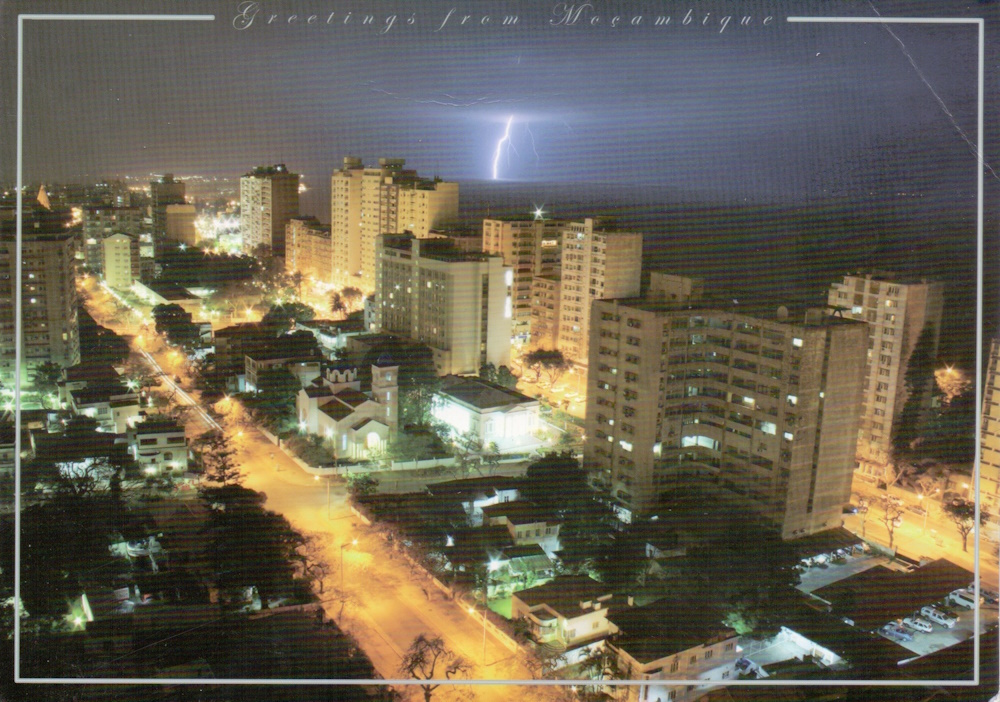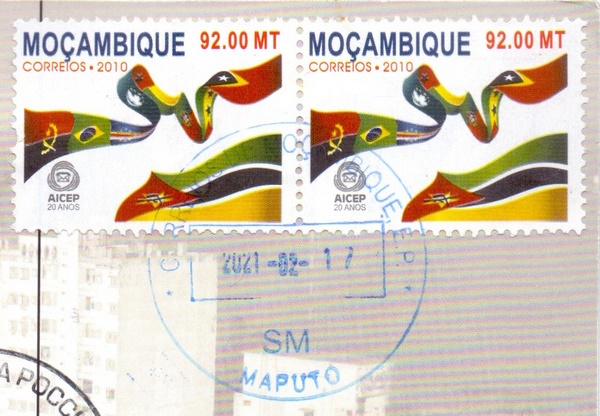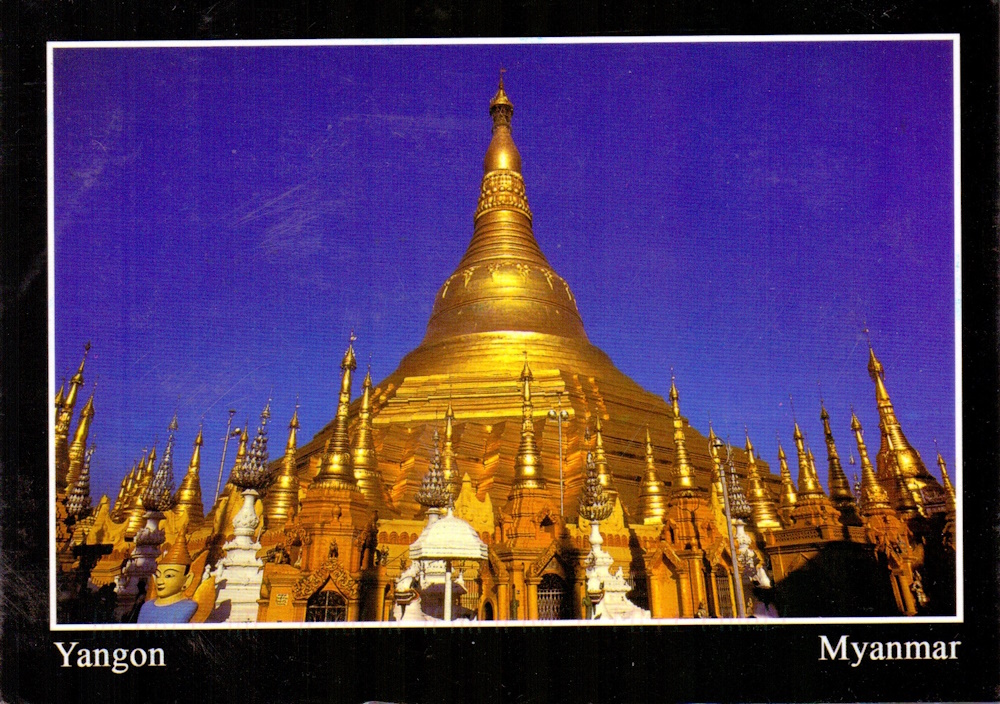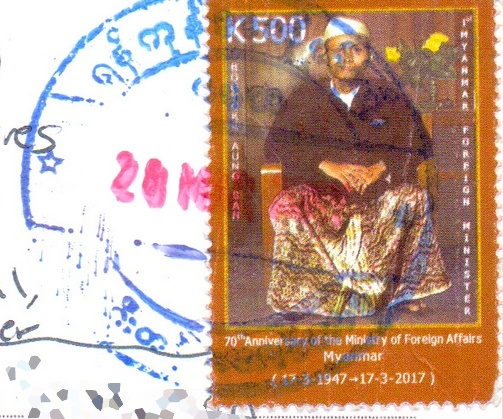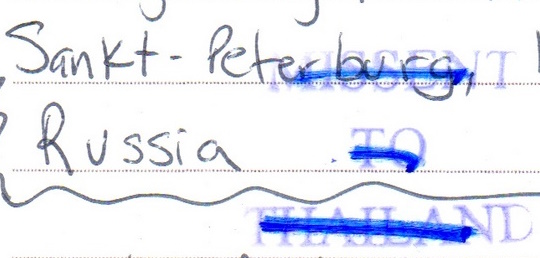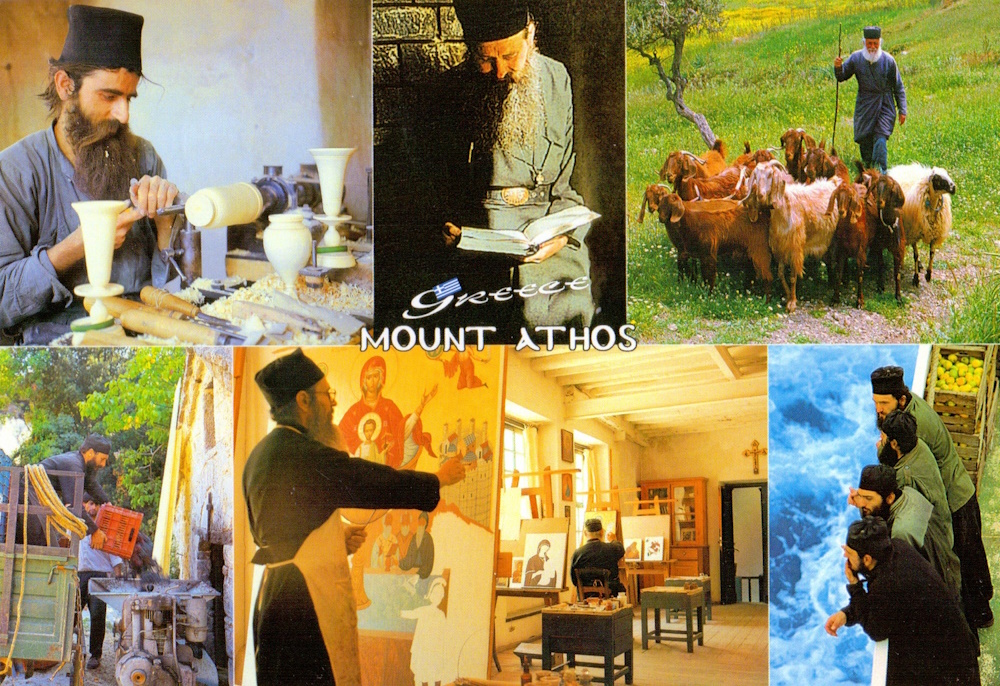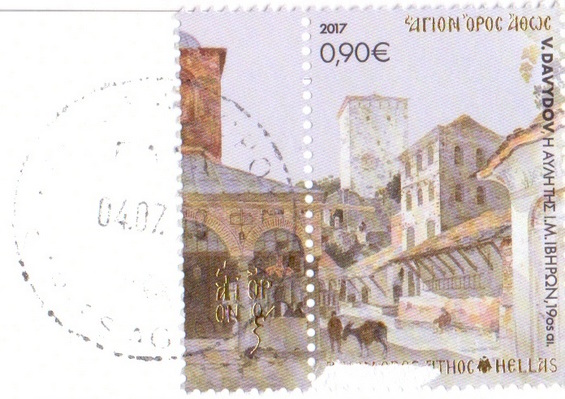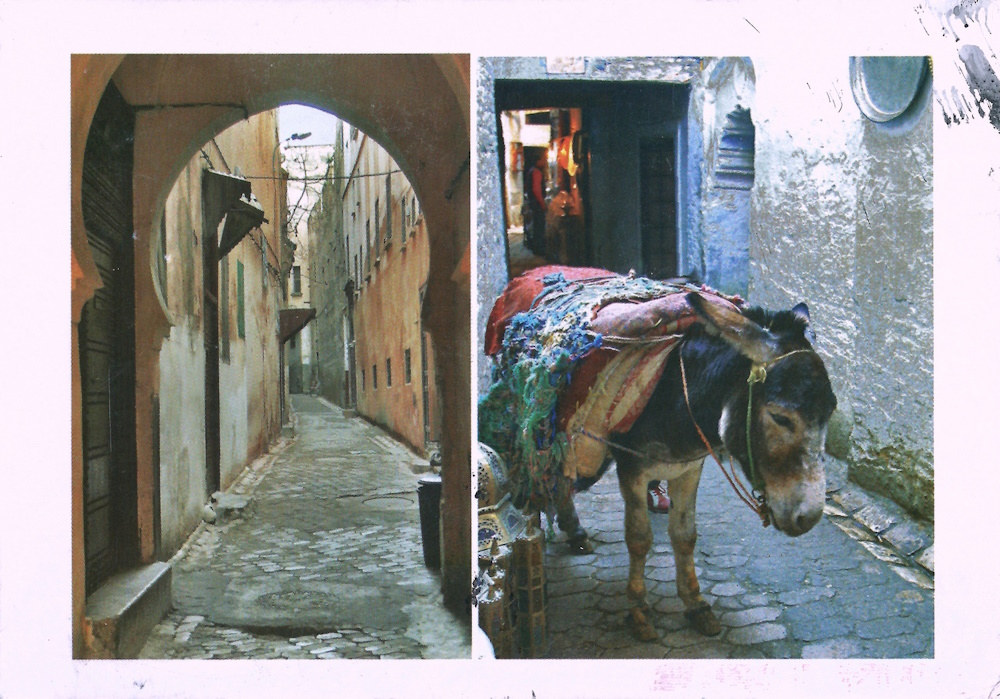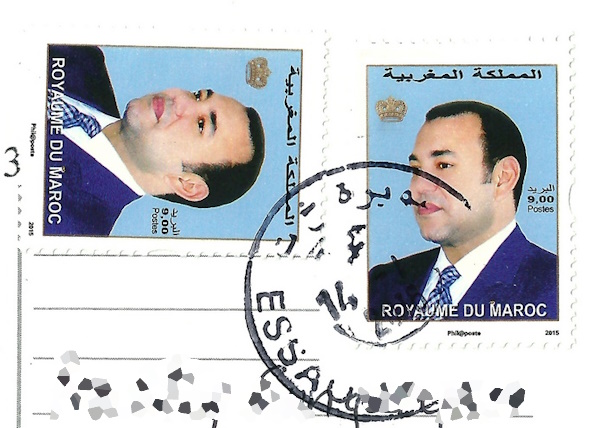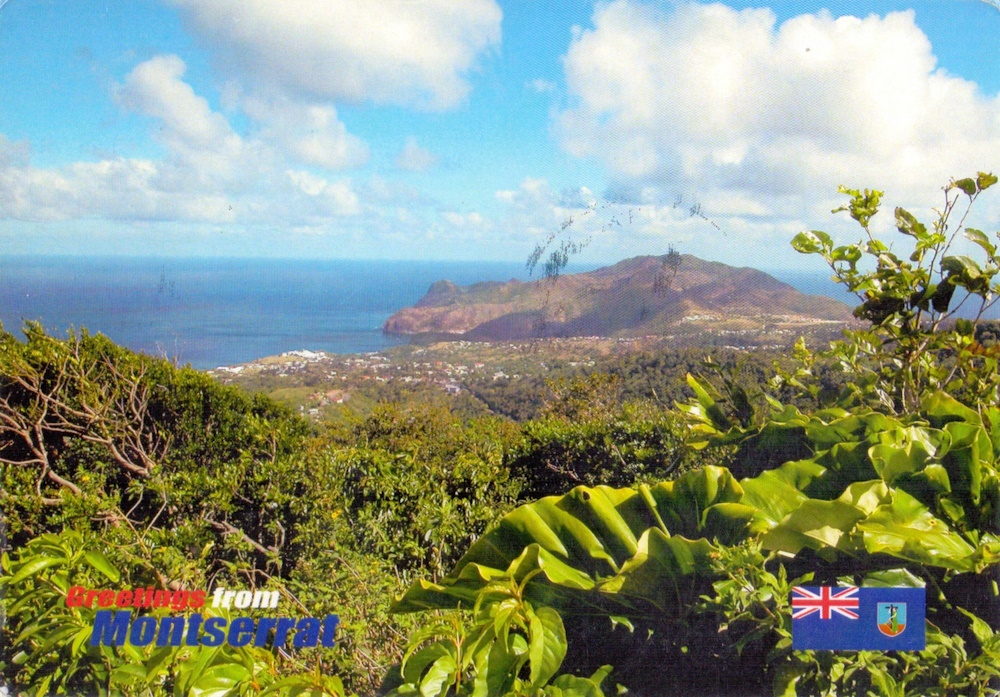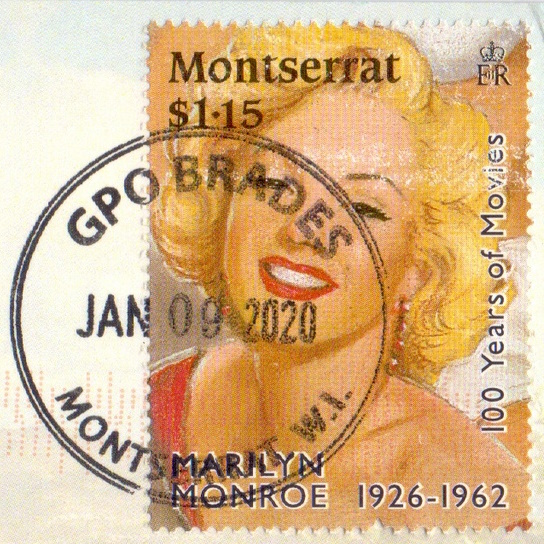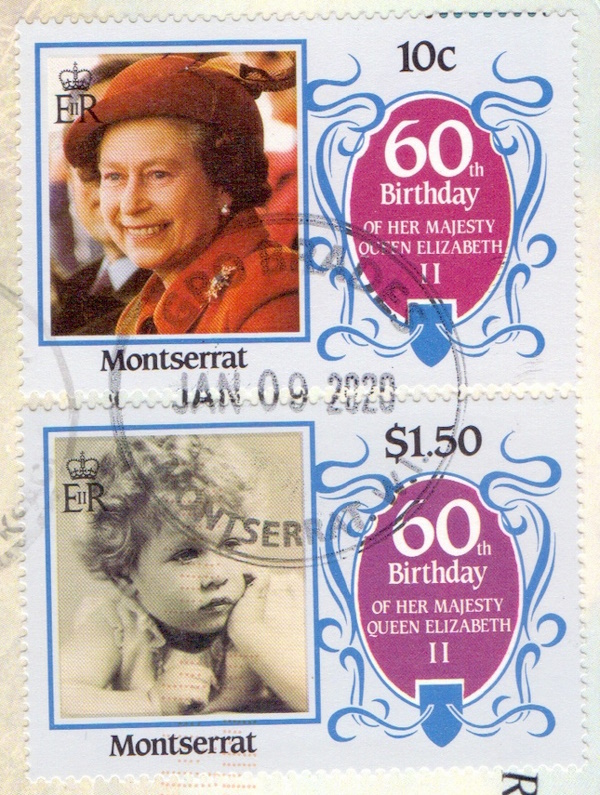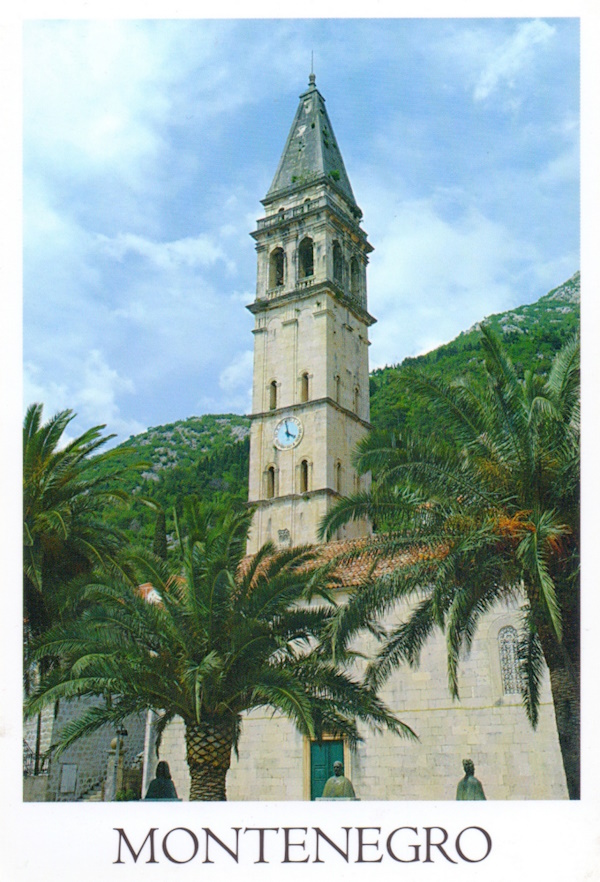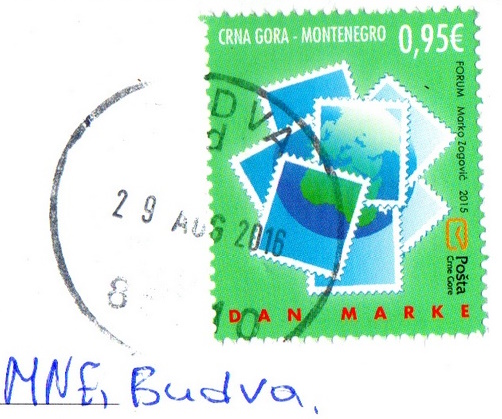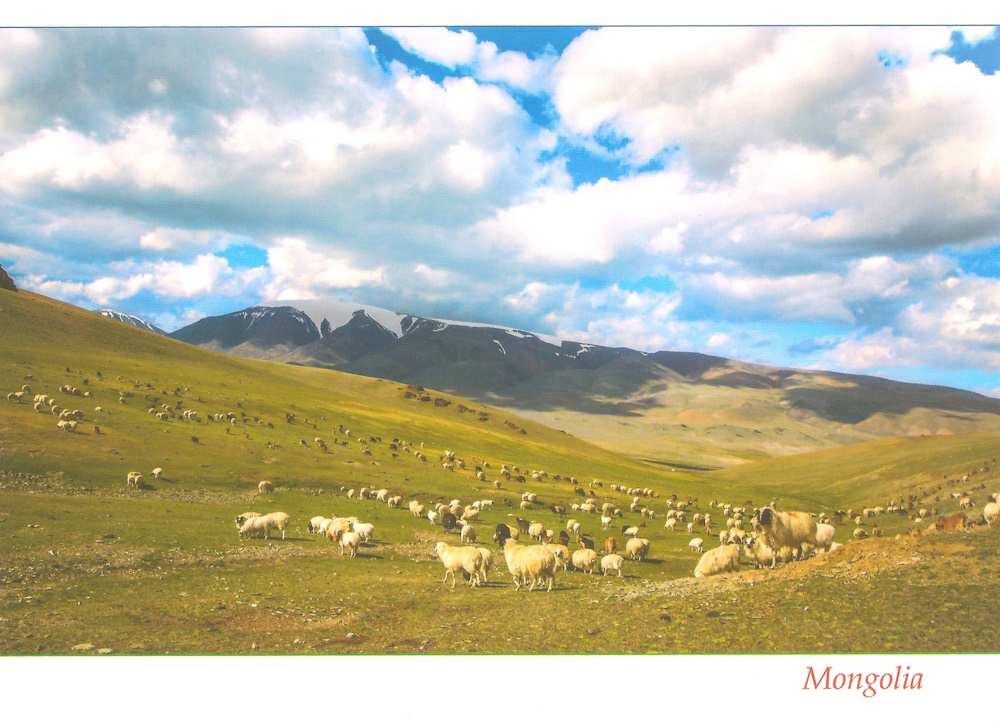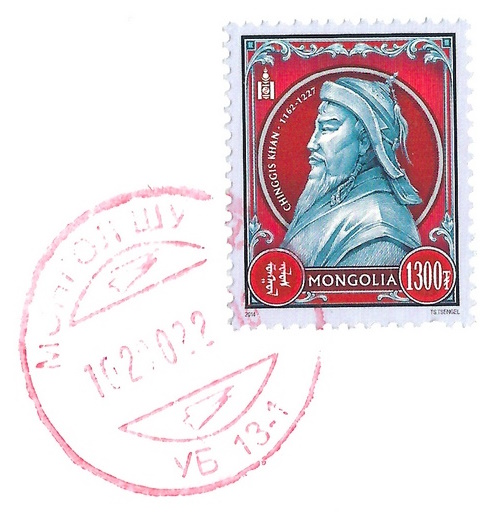Nauru is an island country and microstate in Micronesia, in the Pacific ocean. It is the third-smallest country in the world, larger than only Vatican City and Monaco, making it the smallest island nation. Its population of about 10,800 is the world’s third-smallest larger than only Vatican City and Tuvalu. Nauru is a phosphate-rock island with rich deposits near the surface, which allowed easy strip mining operations for over a century. However, this has seriously harmed the country’s environment, causing the island nation to suffer from what is often referred to as the “resource curse”. The phosphate was exhausted in the 1990s, and the remaining reserves are not economically viable for extraction. Nauru is also one of the least visited countries in the world, with about only 200 tourists a year. The remoteness and that much of the island is a charmless open phosphate mine are two strong reasons for this.
